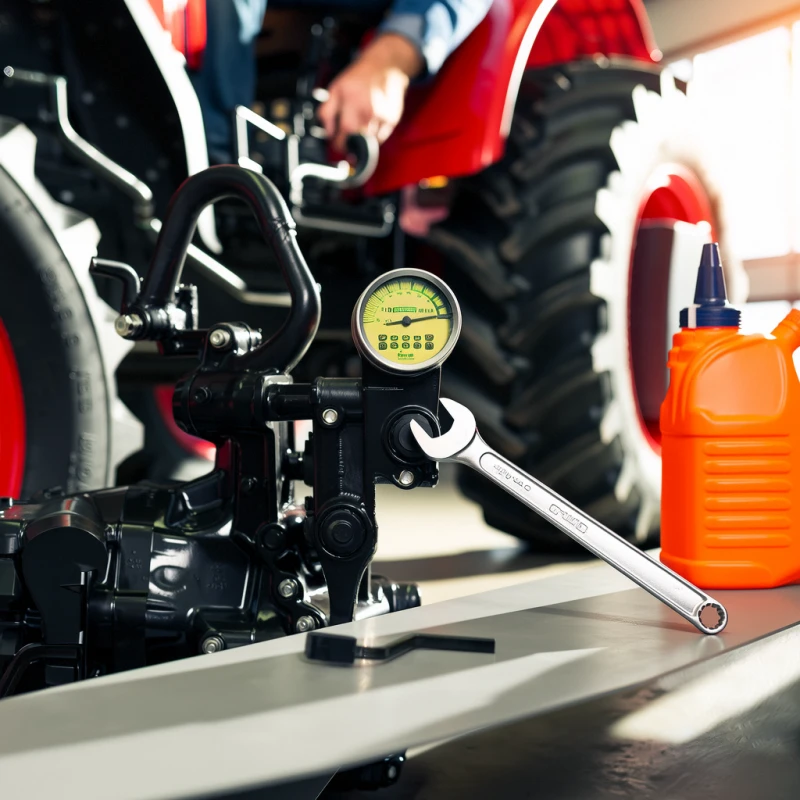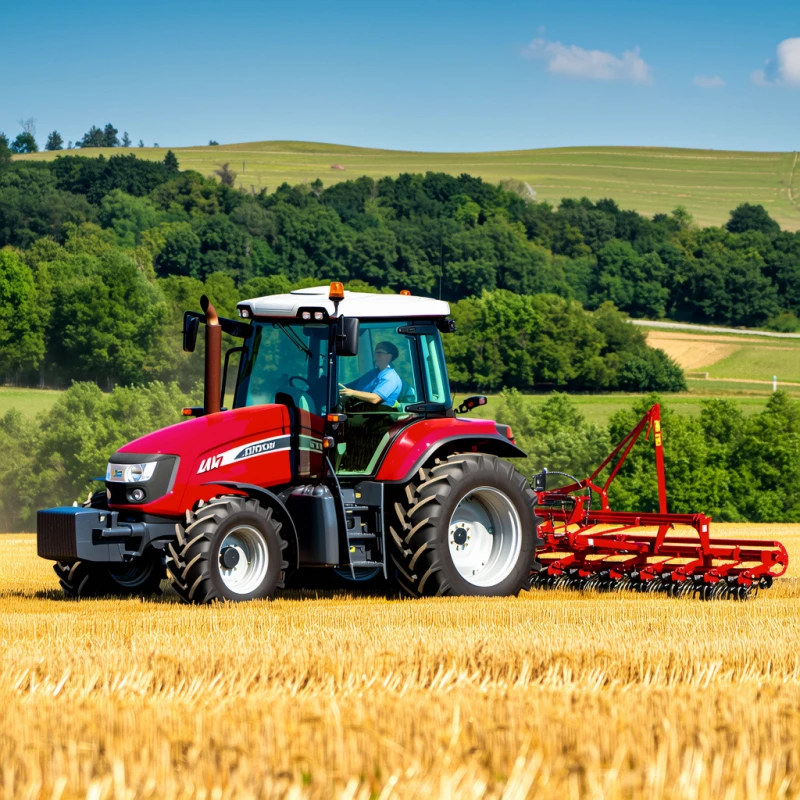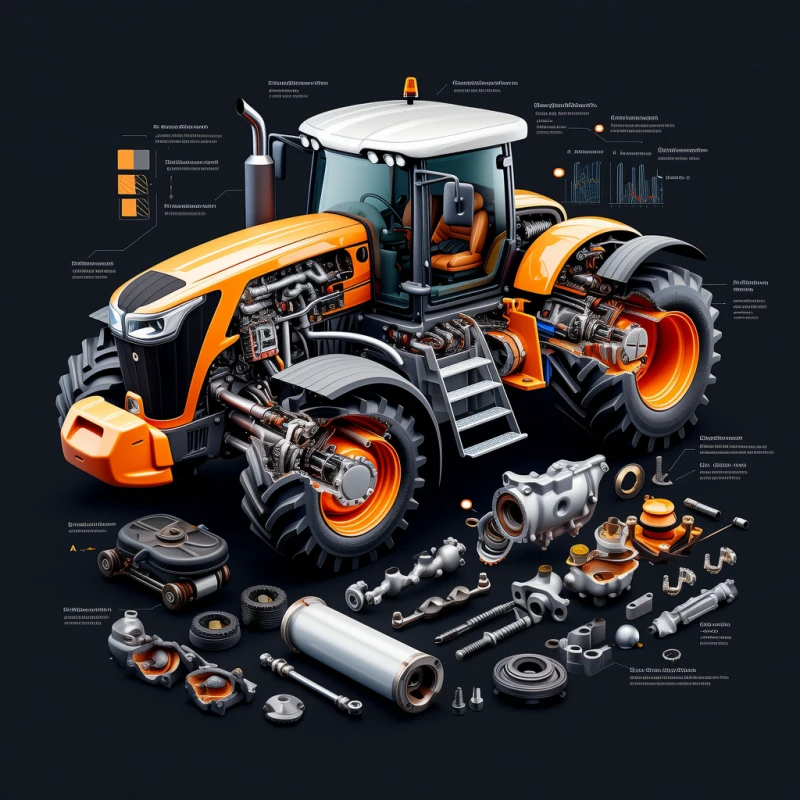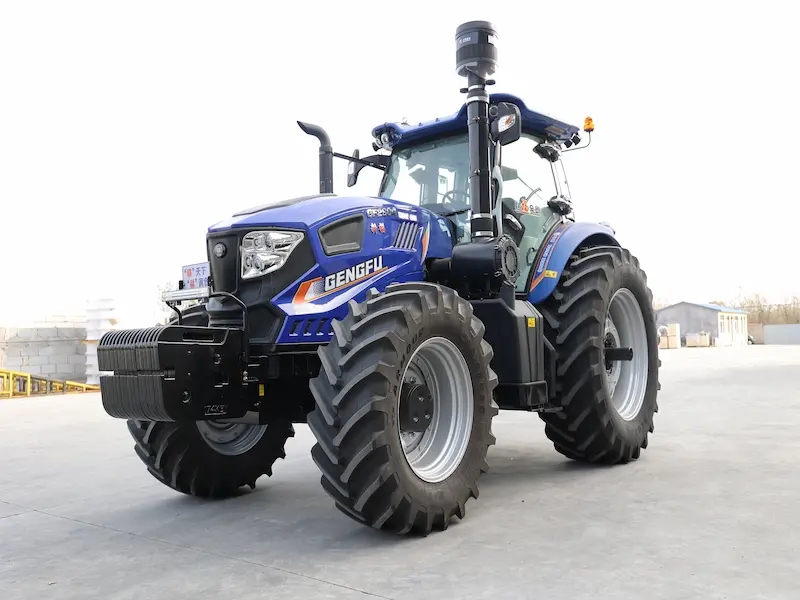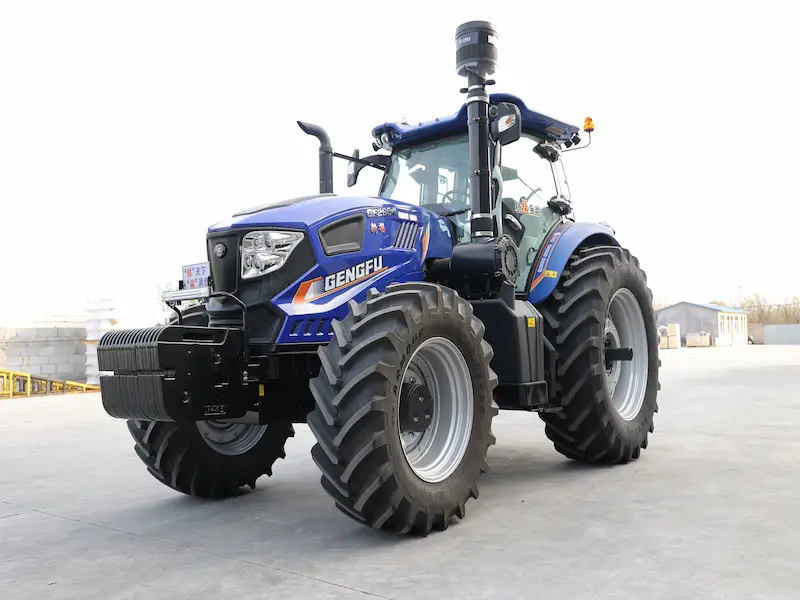1. Introduction: Why You Can’t Afford to Ignore Your Tractor’s Transmission
Imagine this: you're halfway through plowing a wet, heavy field when your 4x4 tractor lurches, then stalls. No warning lights. No obvious issue. And yet, your transmission has just decided it's done.
A failing transmission can turn your powerful 4x4 tractor into a costly paperweight. Whether you’re tilling, hauling, or trenching through rough terrain, proper transmission care is non-negotiable.
Recent industry data shows that up to 40% of tractor breakdowns stem directly from neglected transmission systems. That’s nearly half of all failures that could be prevented with some basic know-how and routine maintenance.
So here's the promise: this guide will walk you through simple, proven steps to keep your 4x4 tractor running like a beast – and save you thousands in repair costs. Let’s dig into the nuts and bolts.
2. Basic Understanding: What Is a 4x4 Tractor Transmission and Why Does It Matter?
What Is It?
Your tractor’s transmission is its power delivery system. Think of it as the muscle behind your machine’s movement. In a 4x4 setup, power flows from the engine → transmission → transfer case → front and rear axles, allowing all four wheels to work in tandem.
Here's a simplified visual:
| Component | Function |
|---|---|
| Engine | Generates power |
| Transmission | Converts power to usable torque |
| Transfer Case | Distributes torque to front & rear axles |
| 4WD System | Ensures all four wheels engage for traction |
Why Maintenance Matters
Unlike 2WD tractors, 4x4 models endure more stress due to higher torque loads and more complex mechanical linkages. This makes routine maintenance not just recommended—but critical.
Replacing a 4x4 transmission can cost $5,000+, while regular fluid changes cost around $200. That’s a 25x difference for just skipping a maintenance schedule.
For heavy-duty users—like those running Zhenith Tech’s 260HP models—that cost can spike even higher.
3. Core Maintenance Steps for 4x4 Tractor Transmissions
Let’s get practical. These five core steps form the backbone of reliable transmission upkeep.
3.1 Check Transmission Fluid Regularly – Catch Issues Before They Grow
How To:
Let the engine cool fully.
Locate the dipstick (check your model’s service manual).
Pull out, clean, reinsert, and check the level.
What to Look For:
Bright red or amber color = good
Dark brown, burnt smell, or metal flakes = bad
When To Check:
| Usage Type | Check Interval |
| Heavy-duty (plowing, towing) | Every 50 hours |
| Light-duty (gardening, small plots) | Every 100 hours |
3.2 Change Fluid & Filters on Schedule – Don’t Let Dirt Be the Death of It
Key Steps:
Warm up the engine (helps old fluid drain better).
Remove drain plug; fully drain into a collection pan.
Replace with manufacturer-approved oil (e.g., API GL-4).
Swap out the filter.
Example: Zhenith Tech 150HP tractor models use filter type ZT-F1234 for optimal hydraulic pressure.
Schedule:
| Condition | Change Interval |
| Normal | Every 300 hours |
| Extreme (mud, sand) | Every 200 hours |
3.3 Inspect for Leaks & Damage – What You Can’t See Can Hurt You
Inspection Points:
Input/output shaft seals
Hydraulic line joints
PTO housings
Tools:
UV dye kits (adds dye to fluid to reveal small leaks under UV light)
Paper towel trick: place under transmission overnight
Common Signs:
Oil puddles
Drips after parking
Gear slip during operation
3.4 Lubricate Linkage & Clutch Components – Keep the Movement Smooth
Grease Points:
Steering clutch lever
Gearshift linkage
PTO connection joints
Use a standard grease gun and follow service diagrams.
Pro tip: Many Zhenith Tech models include lubrication guide stickers under the hood. Use them!
3.5 Test Performance Annually – Diagnose Before You’re Dead in the Field
Self-Check List:
Shifting Resistance: Jerky or hard-to-shift gears?
Unusual Noises: Grinding or whining during gear changes?
Vibration: Increased feedback during operation?
Don’t ignore these. What seems minor could mean worn synchros or internal shaft issues.
4. Common Problems & Straightforward Solutions
Q1: "My 4x4 tractor jerks when shifting – why?"
| Problem | Solution |
| Low fluid level | Top up with correct fluid |
| Dirty/burnt oil | Flush and refill |
| Worn synchronizer | Replace part, inspect gear wear |
Q2: "Can I use car transmission fluid instead?"
Short answer: No.
Automotive transmission fluid lacks the high-pressure additives and thermal stability required by agricultural machinery. Using the wrong fluid can strip gear protection and accelerate failure.
Zhenith Tech recommends premium-grade GL-4 gear oil for all its 4x4 tractor models.
5. Advanced Tips From the Field
After Mud or Water Exposure: Flush It
If your tractor worked in wet or flooded terrain:
Drain fluid even if under the usual hour limit.
Mud and water can sneak into the transmission housing, causing corrosion and bearing failure.
Upgrade to a Magnetic Drain Plug
Small investment, big payoff:
Captures microscopic metal particles before they circulate
Prevents premature gear wear
Many Zhenith Tech aftermarket kits now include this option for new buyers.
6. Conclusion: Build a Simple Routine That Saves You Thousands
Don’t wait for disaster. Build your maintenance habit around these three checkpoints:
Monthly: Check fluid level, inspect for leaks
Every 100 hours: Change oil and filter
Yearly: Professional inspection, performance check
Bonus: Why Zhenith Tech Tractors Are Easier to Maintain
Zhenith Tech, a leading tractor and remote mower manufacturer in China, designs its tractors with easy-access maintenance ports, color-coded service markers, and long-life components. Our product line ranges from 50HP to 260HP, supporting diverse agricultural needs.
With 12+ years in the industry, Zhenith Tech’s transmission systems are CNC-machined with <0.01mm tolerance, ensuring durability under pressure. Our tractors are used in 50+ countries, with each unit backed by a 2-year full-system warranty.
Whether you own a compact orchard tractor or a heavy-duty farm beast, Zhenith Tech empowers you to handle maintenance like a pro—because downtime is never an option on a working farm.
Contact us today to learn more about OEM solutions, support plans, or bulk tractor orders.

